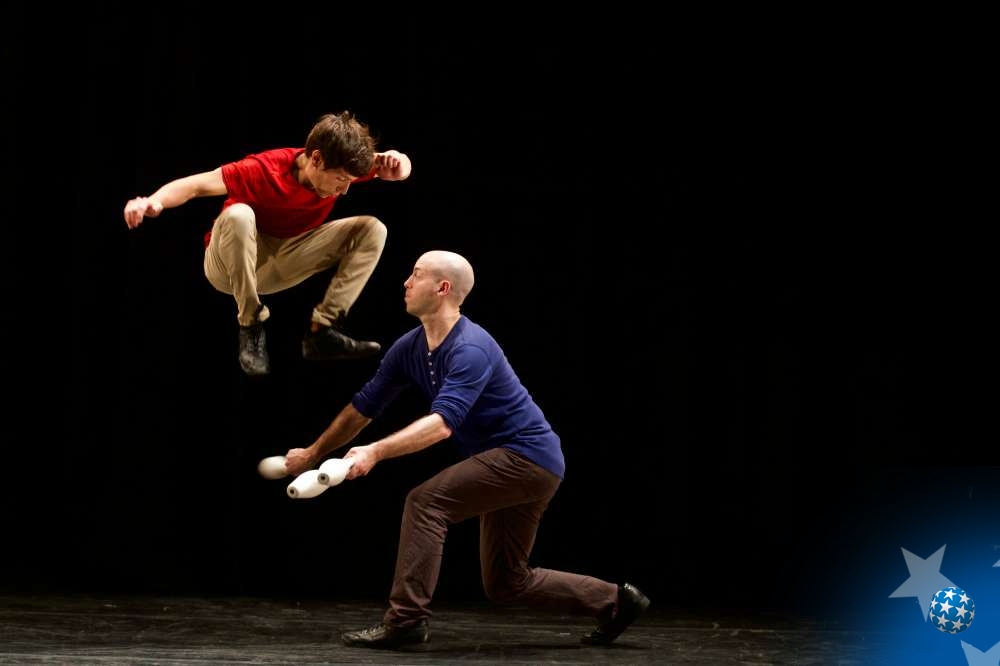A Wow! for everyone
Edge of the Future is definitely turning into more than just a slogan. Interview after interview, it is becoming clear that those few words can describe a lot. The slogan can be used as an answer to the question posed to the Cirkobalkana curator, Milan Manić, to tell us more about this year’s selection. Just like the selection of Bitef, this one was shaped last year, but the realization and the final programme depended on the measures and protocols imposed by the pandemic. One thing the pandemic did not influence, was the inclusion of the performances that speak to various audiences, but with an idea to keep various groups of performers involved. That is why the programme includes the projects by several female authors, by the representatives of the queer community, young performers, and new troupes, regional co-operations, and the ones that represent European production. The troupe already known to Bitef audience, Un loup pour l’homme, is here again, and its authors and performers are taking part in several Bitef programmes. The festival Blog will bring more about it all over the following days, but one thing that should be said about the troupe straight away is that its projects support new circus people and the productions of contemporary theatre in general. For the ones who know less about the topic, circusnext platform is one of the most relevant and biggest platforms of the contemporary circus in Europe. There are some regional organizations which are trying to follow what is happening in Europe, so we will have an opportunity to see several of those projects and co-operations, including Duel which premieres tonight. Contemporary circus always inevitably leads to the French and their attitude to circus, and to the support to the culture in general. That could turn into a melancholy story, but not in this case - with Cirkobalkana.
What kind of circus is that?
Or, what does circus mean to you? is a question best asked at the source. Catherine Faudry, the cultural attaché with the French Institute and the Embassy of France in Serbia, who could give us a definition straight away, offered a very intimate opinion for the blog. The one that could resonate with everyone, because circus speaks a universal language on a practically primal level. “Circus-risk“(fr. cirque-risque), were her first words. She explained that, in her opinion, circus represents a way to establish a contact - between the performer and the stage, the performer and the audience, through a specific situation, which is a risk - risk of death, risk for the body. She sees performer as someone who lends his body to the audience to make them experience the very essence of the existence, or more precisely - the frailty of that existence. With the help of objects or materials - not only classical props but most varied objects which, once placed within the context of the surroundings and the risk we are taking, convey the most powerful experience an artist can create. (And the very word “risk” brings to mind the “edge” from the slogan…). The use of those materials, or the introduction of some theatrical approaches, creates interesting forms of circus that balance between circus and theatre. That was one of the topics at the first roundtable discussion in the French Institute, which you will soon read about on the blog.
Lazuz
After the performance, we asked Ron Beeri to tell us how much this process made them walk the edge and how important dramaturgy or choreography was. He explained that what we saw at the beginning, a couple of years ago, was not conceived as a performance, but that he and Itamar took their primary disciplines as the starting points and moved on to explore forms of interaction. Gradually, movement and dramaturgy from the situations developed into what we had a chance to seen on stage. And what we saw, caused more than one wow mentioned at the beginning, not only among the adults but among the youngest audience as well.

